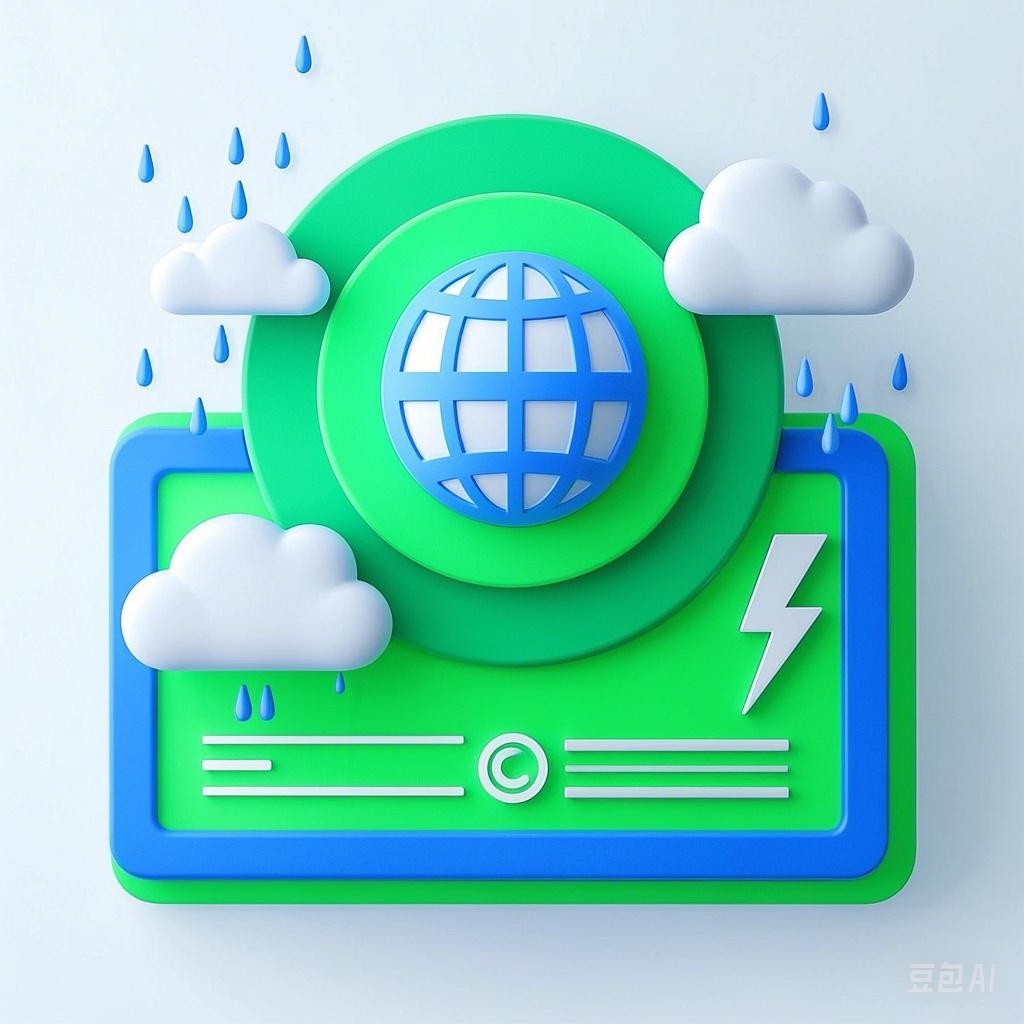In an era where natural and man-made disasters pose constant threats, the role of disaster warnings has become increasingly vital in safeguarding lives and property. This article delves into the evolution of disaster warning systems, their current state, and how they shape our safety net for the future.
Evolution of Disaster Warning Systems
Early Systems
Historically, disaster warnings relied on local observations and oral communication. For instance, in ancient China, the use of drums and fire signals warned citizens of impending danger. Similarly, in medieval Europe, church bells were used to alert people about approaching storms or other hazards.
The advent of Technology
The 20th century marked a significant shift with the introduction of new technologies. The use of radio and television broadcasts allowed for more widespread dissemination of warnings. During World War II, radar technology was adapted to detect incoming storms and hurricanes, leading to improved warnings for coastal areas.
Modern Systems
Today, disaster warning systems are sophisticated and integrated, utilizing a variety of technologies and data sources. These systems include satellite imagery, weather forecasting models, and automated sensors to provide real-time warnings.
Current State of Disaster Warnings
Advanced Technologies
Modern disaster warnings leverage cutting-edge technologies such as artificial intelligence (AI) and machine learning (ML) to predict and issue warnings with higher accuracy and speed. For example, AI algorithms can analyze vast amounts of data from various sources to predict the likelihood of a disaster event.
International Collaboration
Disaster warnings are not confined to national borders. International collaboration is crucial for sharing information and resources. Organizations like the World Meteorological Organization (WMO) facilitate the exchange of data and expertise among member countries.
Public Awareness and Preparedness
Effective disaster warnings require an informed and prepared public. Governments and NGOs work to educate communities about the risks associated with different types of disasters and the actions they should take to ensure their safety.
How Disaster Warnings Shape Our Safety Net
Saving Lives
The primary purpose of disaster warnings is to save lives. By alerting people to impending danger, they allow individuals and communities to seek shelter or take other protective measures.
Property Protection
Disaster warnings also help in protecting property. By providing timely information, people can secure their belongings, move valuable items to safety, or evacuate to a safer location.
Economic Benefits
Effective disaster warnings can lead to significant economic benefits. By minimizing the impact of disasters, they reduce the cost of recovery and reconstruction efforts.
Improved Resilience
Over time, disaster warnings contribute to the overall resilience of communities. By experiencing multiple disaster events and responding effectively, individuals and communities learn and adapt, making them better prepared for future challenges.
Future of Disaster Warnings
Advancements in Technology
The future of disaster warnings lies in further advancements in technology. As AI and ML continue to evolve, we can expect more accurate and timely warnings. Additionally, the integration of emerging technologies like the Internet of Things (IoT) will provide even more data for analysis.
Enhanced Public Awareness
Public awareness and preparedness will remain key to the success of disaster warnings. Governments and NGOs must continue to educate communities about the risks and the importance of heeding warnings.
Global Collaboration
International collaboration will be essential in the face of increasingly complex and frequent disasters. By sharing resources and expertise, countries can improve their disaster warning systems and collectively strengthen their safety nets.
Conclusion
Disaster warnings have come a long way from the days of drum signals and church bells. Today, they are an integral part of our safety net, helping us to prepare, respond, and recover from natural and man-made disasters. As we look to the future, continued advancements in technology, public awareness, and global collaboration will be crucial in ensuring that our safety net remains robust and effective.
